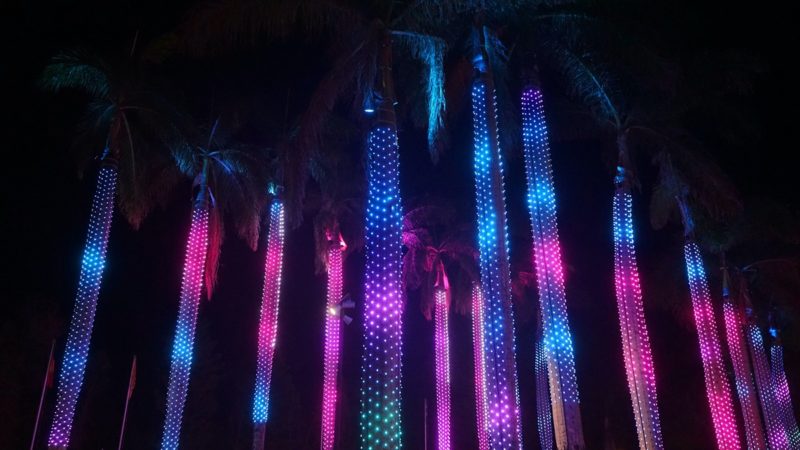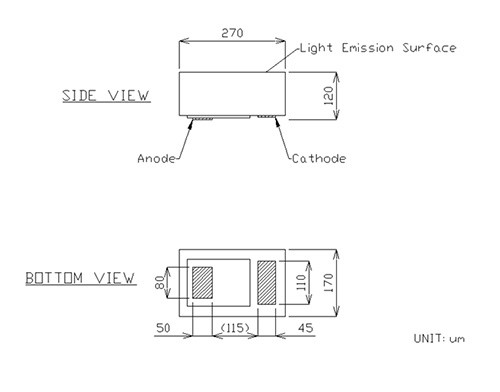Recently, Ushio Inc. officially announced the launch of the "epitex F series" flip-chip LED chip. The development and launch of this chip has attracted widespread attention in the chip field. This series of chips covers the SWIR (short-wave infrared) range from 1050nm to 1900nm and adopts an extremely compact design. As early as August 2024, samples of the chip have begun to be shipped.

This chip is a world first. It uses InP (indium phosphide) material to build a flip-chip structure. The uniqueness of the chip lies in that its design abandons the upper wires, greatly reducing the height of the chip, thereby achieving a thin package. During the chip packaging process, since there is no need to reserve the side conductive position, high-density arrangement can be achieved, which has strongly promoted the miniaturization of chip packaging. At the same time, the wire-free design eliminates the shadow effect on the light-emitting surface, making optical design easier.
Given that there is no electrode on the light-emitting surface of the chip, this chip can maximize the light-emitting efficiency. Its size is only 270μm×170μm, but it can reach the light output level of the "epitex D series" chip with a size of 320μm×320μm. Because of this, the chip is particularly suitable for space-constrained devices, such as smartphones, vital sign sensors, and proximity sensors.
SWIR flip chips are very useful in the field of biosensing. The chip covers the "second biological window" of 1100-1350nm and the "third biological window" of 1550-1800nm, providing support for deep tissue observation. SWIR light can detect a variety of substances such as water, glucose, ethanol, cholesterol, etc., significantly improving the accuracy of biosensing. In addition, the chip flip chip can be installed on a flexible substrate, which helps electronic devices to develop in the direction of miniaturization, and has broad application prospects in fields such as wearable medical devices and health monitoring systems.


